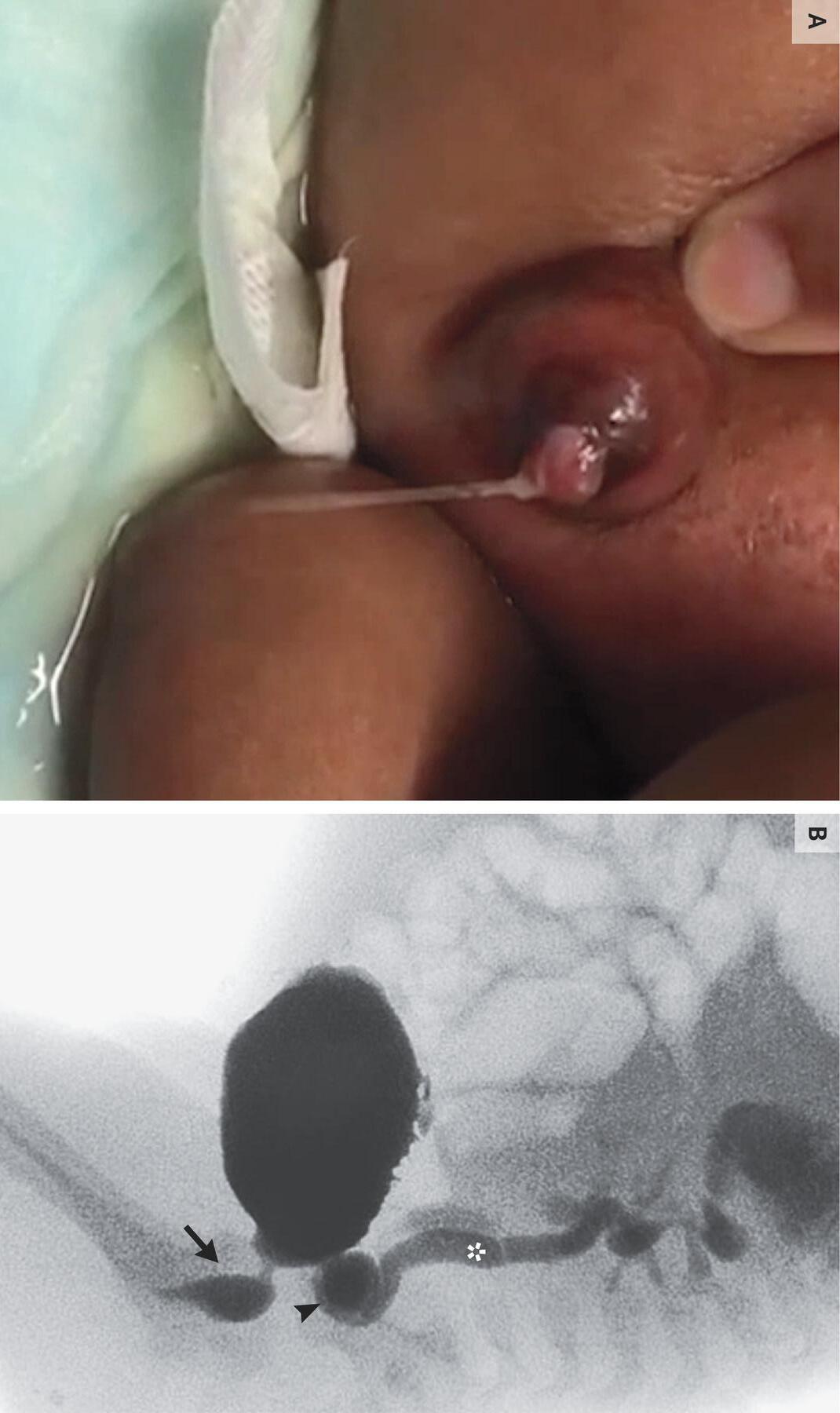
1 minute read
Research in high-impact factor journals:
Two-Year Outcomes of Valoctocogene Roxaparvovec Therapy for Hemophilia A
New England Journal of Medicine (IF - 176,08)
Patent Urachus with Posterior Urethral Valves
Valoctocogene roxaparvovec delivers a B-domain–deleted factor VIII coding sequence with an adenoassociated virus vector to prevent bleeding in persons with severe hemophilia A
Methods
An open-label, single-group, multicenter, phase 3 trial was conducted in which 134 men with severe hemophilia A who were receiving factor VIII prophylaxis received a single infusion of 6×1013 vector genomes of valoctocogene roxaparvovec per kilogram of body weight
Results
At week 104, a total of 132 participants, including 112 with data that were prospectively collected at baseline, remained in the study. The mean annualized treated bleeding rate decreased by 84.5% from baseline (P<0 001) among the participants The risk of joint bleeding was estimated among the trial participants; at a transgene-derived factor VIII level of 5 IU per deciliter measured with chromogenic assay, it was expected that participants would have 1.0 episodes of joint bleeding per year
Models of the risk of joint bleeding suggest that the relationship between transgene-derived factor VIII activity and bleeding episodes is similar to that reported with the use of epidemiologic data for persons with mild-to-moderate hemophilia A
*Read the full article
A 1-month-old boy was transferred to a tertiary care hospital for the management of obstructive uropathy. He had initially been brought to a local hospital for progressive abdominal distention At the local hospital, laboratory studies had shown kidney injury, and ultrasonography of the abdomen showed a thickened bladder wall, ascites, hydronephrosis of both kidneys, and a perinephric collection around the left kidney He was subsequently transferred for further care.

On arrival at the tertiary care hospital, the physical examination was notable for a distended abdomen, reducible umbilical hernia, and rash on the lower abdomen When the abdomen was palpated, urine flowed from the umbilicus (video) A voiding cystourethrogram howed a dilated posterior urethra, bladder diverticula, and vesicoureteral reflux on both sides A diagnosis of posterior urethral valves was made Posterior urethral valves congenital obstructing membranes in the lumen of the urethra are a common cause of urinary tract obstruction in male infants. In severe cases, retrograde accumulation of urine can result in vesicoureteral reflux, bladder diverticula, urinomas, urinary ascites, and a patent urachus all of which were seen in this case Urachus ligation, urinoma drainage, urethral valve ablation, and a vesicostomy with later closure were performed. During 2 years of subsequent follow-up, the patient’s development and kidney function remained normal
*Read the full article










